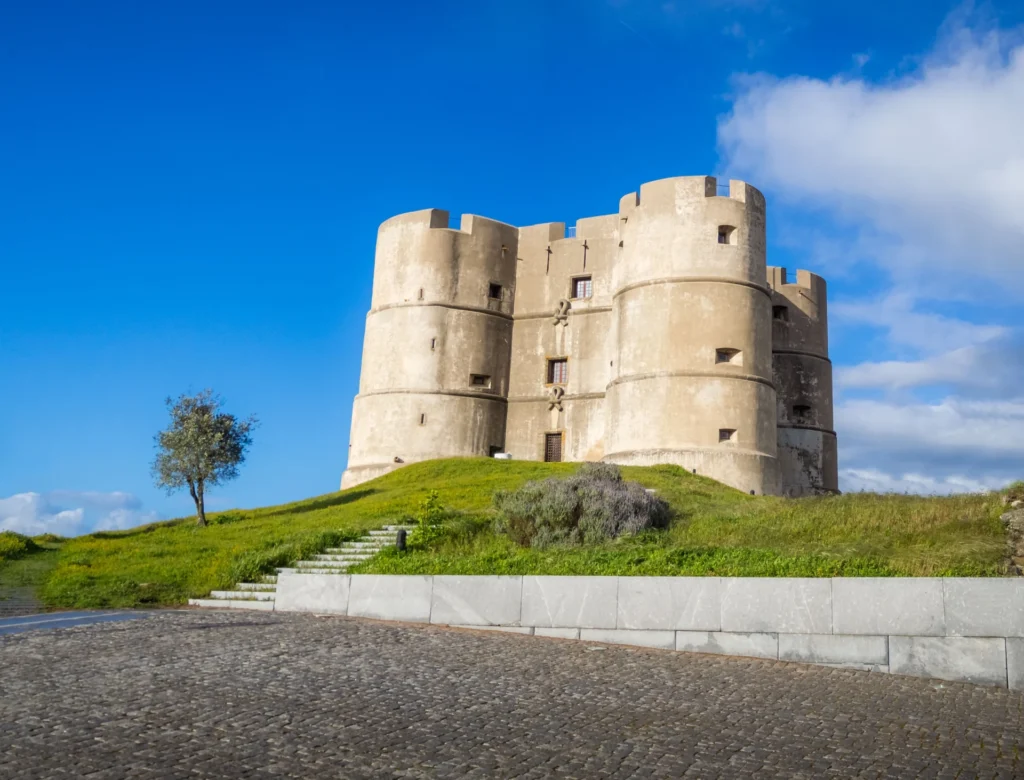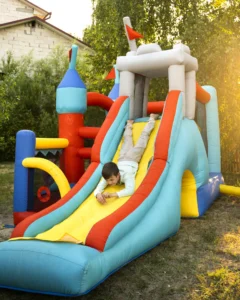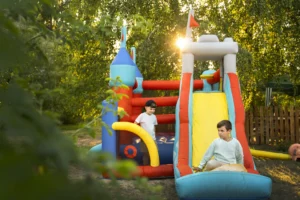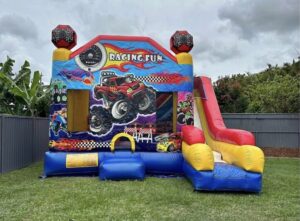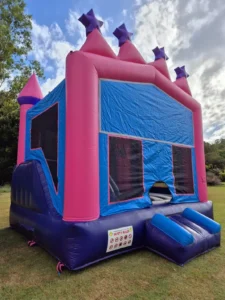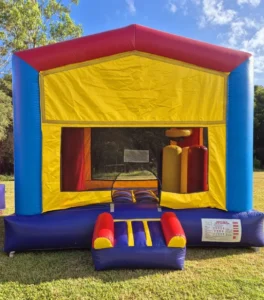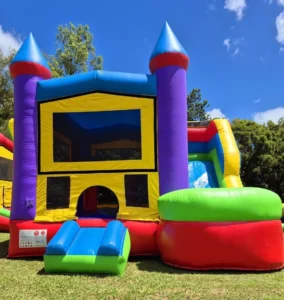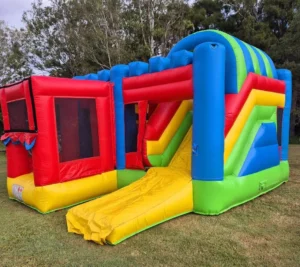Understanding the big question
You might be asking, “How much does a castle weigh?” and picturing rows of massive stone walls, tall towers, and imposing gates. But if you’re here for a practical answer about a leaps-and-bounds jumping castle, you’ll find helpful details too. Castles—whether medieval strongholds or inflatable bounce houses, span a huge range of materials and weights. By the end of this post, you’ll be equipped to handle everything from fun party rentals to a deeper appreciation of towering historic fortifications.
Exploring medieval stone structures
Real medieval castles, made of stone and guarded by imposing keeps, weigh an almost unimaginable amount. They’re not uniform in size or shape, but history tells us they often featured several defensive layers. Stone was central to castle design, because it offered serious protection from enemies. Many medieval builders used whatever rock they could quarry nearby, resulting in thick walls that could stand for centuries.
In fact, the well at Beeston Castle in England plunges 113 meters underground. That feat alone highlights how massive these constructions are. Think of the sheer weight of the stone that had to be supported above such a deep structure. Although there’s no simple one-size-fits-all figure for the total weight of a medieval fortress, it’s safe to say the number would be in the thousands, or even tens of thousands, of tons.
Figuring out jumping castle weight
Now, if your real interest is about inflatable bounce houses or, as some call them, jumping castles, you’re dealing with something entirely different. You don’t need a drawbridge or moat when setting up a backyard inflatable, but you do need to consider how easy it is to move and store.
Modern jumping castles are often made of PVC or thick vinyl, plus reinforcing webbing. Their weights vary widely. Most small-scale inflatables start around 50 to 100 pounds (about 23 to 45 kilograms). Larger commercial-grade units can climb up to 300 pounds (136 kilograms) or more. The good news is that these castles are nowhere near as heavy as solid stone. With two or three people maneuvering them, they’re generally straightforward to transport and set up.
If you’re exploring renting a jumping castle for a party, you might check out jumping castle hire. Looking for an upfront cost estimate? Take a peek at how much is a jumping castle. Renting or buying one is more about planning the fun rather than dreading a herculean lift.
Factors that affect weight
Several things go into the weight of a jumping castle:
- Material thickness: The heavier the fabric, the more durable—and heavier—the castle.
- Size and design:Bigger units with slides or extra rooms add to the overall weight.
- Blower requirements:Some larger castles require more powerful (and heavier) blowers.
- Reinforcement layers:High-traffic areas like entrance ramps often have extra vinyl or stitching.
- Accessories:Inflatables sometimes ship with stakes, repair kits, and extension cords. Those small extras can tip the scale if you’re on the move.
Wrapping up how much does a castle weigh
Whether you’re picturing a centuries-old behemoth perched atop a rocky bluff or a neon-colored bouncy playground in your backyard, “How much does a castle weigh?” can spark your curiosity. Medieval fortresses were all about defense and, as a result, racked up unimaginable tonnage. Jumping castles, on the other hand, rely on lightweight materials and air-filled chambers to deliver maximum fun without the backbreaking heft. Ultimately, you’ll want to focus on what suits your needs. If you’re hosting a gathering and need a quick pop-up adventure, a jumping castle offers a portable party. If you appreciate history, you can marvel at the engineering feats behind a towering fortress built long before cranes existed.
Ready to Bounce? Book Your Castle Today!
Bring unforgettable joy to your next event—free delivery, easy setup, and zero deposit needed. Whether you’re planning a backyard birthday, school fair, daycare learning activities, or neighborhood party, our safe, colorful jumping castles are waiting.
Choose from popular options like our Rainbow Combo, Monster Truck Combo, or Jungle Obstacle Course for endless fun!
Serving Gold Coast, Logan & Beaudesert, plus Northern NSW with competitive delivery charges. Contact us now or submit your booking in just seconds!
Frequently asked questions
1. Can one person move a jumping castle?
It depends on the castle’s weight. Smaller ones might be manageable alone, but bigger commercial-grade inflatables usually need an extra pair of hands.
2. What’s the best surface for an inflatable?
You’ll want a flat, stable area free of sharp rocks. Grass is a common choice, but driveways or indoor gym floors can work if you use proper ground tarps.
3. How much are inflatable bounce houses?
Inflatable bounce houses typically cost between AU$200 and AU$600 for small residential models, while larger commercial-grade units range from AU$1,000 to AU$3,000. Prices depend on size, durability, design, safety features, and included accessories.
4. How to blow up inflatables?
To blow up inflatables, use an electric air pump or blower, ensuring the valve is securely connected. Keep the surface clear of sharp objects. Inflate slowly, check for firmness, and avoid over-inflation to prevent damage.
5. How to make inflatables?
Making inflatables requires PVC or vinyl fabric, heat-sealing equipment, and design patterns. Cut materials into shapes, seal seams airtight, and attach an air valve. Professional manufacturing ensures durability, while DIY versions work best for small projects.
Key takeaways
- Authentic medieval castles comprise large amounts of stone, so their total weight is massive and can’t be easily measured.
- Inflatable jumping castles, in contrast, typically weigh 50 to 300 pounds, depending on design and size.
- Thicker vinyl, bigger footprints, and added features all contribute to a castle’s overall heft.
- Despite the differences, both medieval and inflatable castles share one core purpose: they’re a source of fascination, fun, and a bit of wonder.


